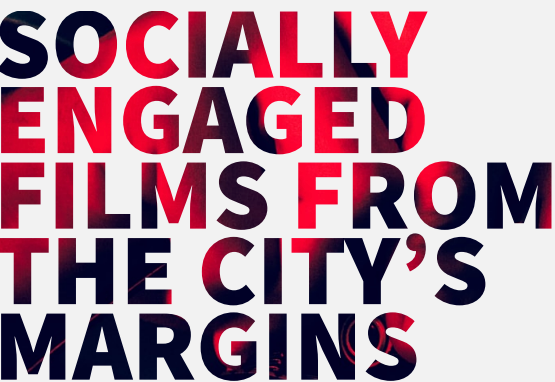With its emphasis on active learning, Paulo Freire’s philosophy of education is aligned with Dewey’s (2013) progressive advocacy of the creative and democratic classroom that, through critical inquiry, seeks solutions to real-world problems. Sealey (2008) proposes that documentary film production might be a particularly effective way of mobilising Freirean praxis, since it empowers learners to materialise abstract generative themes, enabling them to, “visualize their situation in concrete terms” (119) and “envision change” (121).
The first stage of critical media literacy is to establish a forum where learners can present and discuss examples of social injustice. In Freire’s (2000) model of literacy, learning emerges from discussions between learners in a culture circle. Within this dialogical space, learners identify generative themes: social issues of concern to the knowledge community. Given this study’s commitment to multimodality, learners are afforded the freedom to present these concerns in any mode of communication they choose, whether it is in spoken, written, visual or audio-visual form. Learners build a bank of resources around their generative themes, which also elucidates their access to media; while discussion reveals and develops their awareness of the ideological dimensions of these texts. Exploring these issues might involve an inductive or deductive dialogical process, depending on whether they are connecting personal experience to social issues or vice versa.
In his work on digital storytelling, Lambert (2010) takes a similar approach to developing themes into narrative through a dialogical process. This project adopts Lambert’s approach as a way of framing generative themes with the tools of new literacy. In this learner-centred space, participants exchange and develop ideas in a story circle, in which they are encouraged to “own their insights” (10), before collecting, creating and combining semiotic resources into a digital artefact that represents these insights. The story circle is a creative approach to the Freirean process, where generative themes are made material through facilitated group dialogue and collaborative multimodal design (Kress, 2003).
A limitation of digital storytelling in the context of critical pedagogy is that, while these multimodal artefacts might be personally meaningful and authentic identity narratives, they are not necessarily grounded in social concerns and may not adhere to Freire’s method of “posing reality as a problem” (2000: 168). By critically framing the experiences and concerns brought to the story circle, my intention is to instil an appreciation of the rhetorical discipline that supports Freire’s problem-solution structure. As we begin to develop generative themes into documentary argumentation, my problem-posing role will be to discuss their ideas in terms of the Aristotelian principles of logos, pathos and ethos (Nichols, 1991), so that their narratives are not just compelling, but also form the basis of a coherent and credible case for social change. When they come to appreciate this rigour, their productions avoid any inclination towards propaganda: a form of “mythicizing” that Freire considers “antidialogical cultural action” (2000: 179).
References
Dewey, J. (2013). The school and society and the child and the curriculum. University of Chicago Press.
Freire, P. (2000). Pedagogy of the oppressed (30th anniv. ed.). New York: Continuum, 35.
Kress, G. R. (2003). Literacy in the new media age. Psychology Press.
Lambert, J. (2010). Cookbook for Digital Storytelling. New York: Digital Diner Press.
Nichols, B. (1991). Representing reality: Issues and concepts in documentary (Vol. 681). Indiana University Press.
Sealey, K. S. (2008). Film, politics, & education: Cinematic pedagogy across the disciplines. Peter Lang.
